
Best AI to Solve Chemistry Problems in 2025
In today’s fast-paced academic and research environments, Artificial Intelligence (AI) has become a transformative force in the field of chemistry problem-solving. Whether you’re a student, a professional chemist, or a researcher, AI-powered tools can save time, enhance accuracy, and uncover insights that would take hours or even days to compute manually.
Table Of Content
- What Makes an AI Good for Chemistry Problem Solving?
- 1. ChemCrow – The AI Chemist
- Key Features
- Why ChemCrow Stands Out
- 2. IBM RXN for Chemistry
- Key Features
- Best For
- 3. SciFinder-n by CAS
- Key Features
- Why It’s Powerful
- 4. ChatGPT with Chemistry Plugins
- Capabilities
- Perfect For
- 5. DeepChem – Open-Source Drug Discovery
- Core Features
- Ideal Users
- 6. MoleculeNet
- What It Offers
- Great For
- 7. ChemDraw with AI Integration
- Enhanced Features
- Use Case
- 8. Reaxys Predictive Retrosynthesis
- Highlights
- Target Audience
- 9. ChemRxiv AI Tools
- Functionality
- Ideal For
- 10. Wolfram Alpha – Chemistry Assistant
- Use Case
- Why AI is the Future of Chemistry
- Conclusion: Choosing the Best AI for Your Chemistry Needs
In this guide, we’ve compiled the best AI tools for solving chemistry problems, offering a detailed look into their features, strengths, and how they can streamline chemical analysis, reaction predictions, compound identification, and more.
What Makes an AI Good for Chemistry Problem Solving?
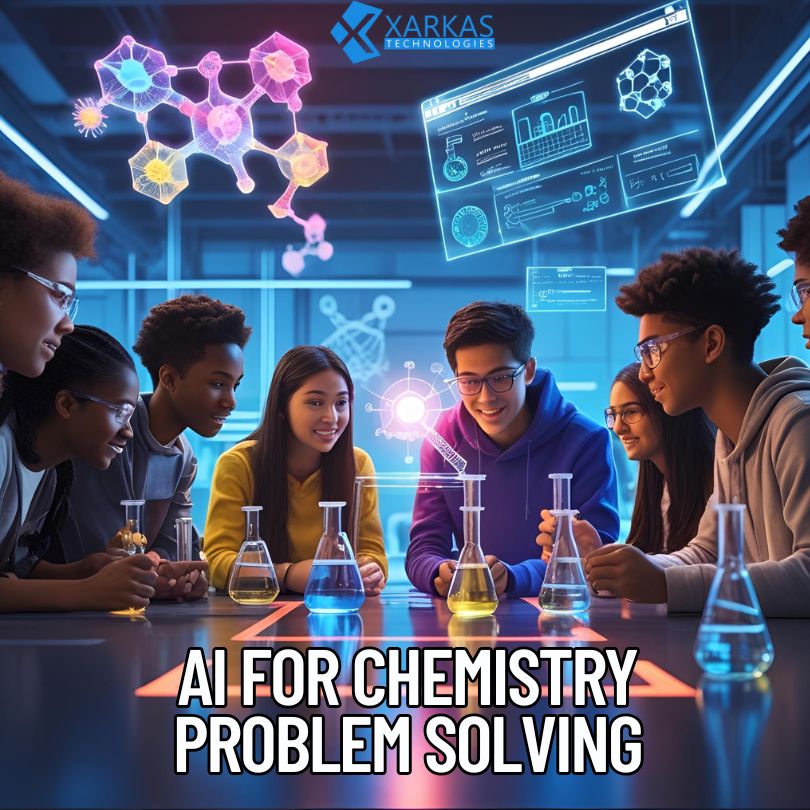
Before diving into specific platforms, it’s essential to understand the key features that make an AI platform effective for chemistry:
-
Molecular structure recognition
-
Reaction prediction and retrosynthesis
-
Thermodynamic and kinetic data analysis
-
Chemical equation balancing
-
Spectral data interpretation (NMR, IR, MS)
-
Integration with cheminformatics databases
With that in mind, let’s explore the top AI tools changing the landscape of chemistry problem solving.
1. ChemCrow – The AI Chemist

ChemCrow is an advanced chemistry assistant developed using large language models (LLMs) like GPT-4 combined with specialized chemistry datasets. It is designed to assist in both synthetic planning and compound identification.
Key Features:
-
Understands chemical nomenclature and SMILES strings
-
Plans multistep synthesis routes
-
Performs retrosynthetic analysis
-
Can interpret spectroscopy results
-
Assists in lab protocol optimization
Why ChemCrow Stands Out:
ChemCrow can translate complex chemistry tasks into natural language commands. It’s ideal for academic researchers and chemists in R&D sectors who need a smart virtual assistant.
2. IBM RXN for Chemistry
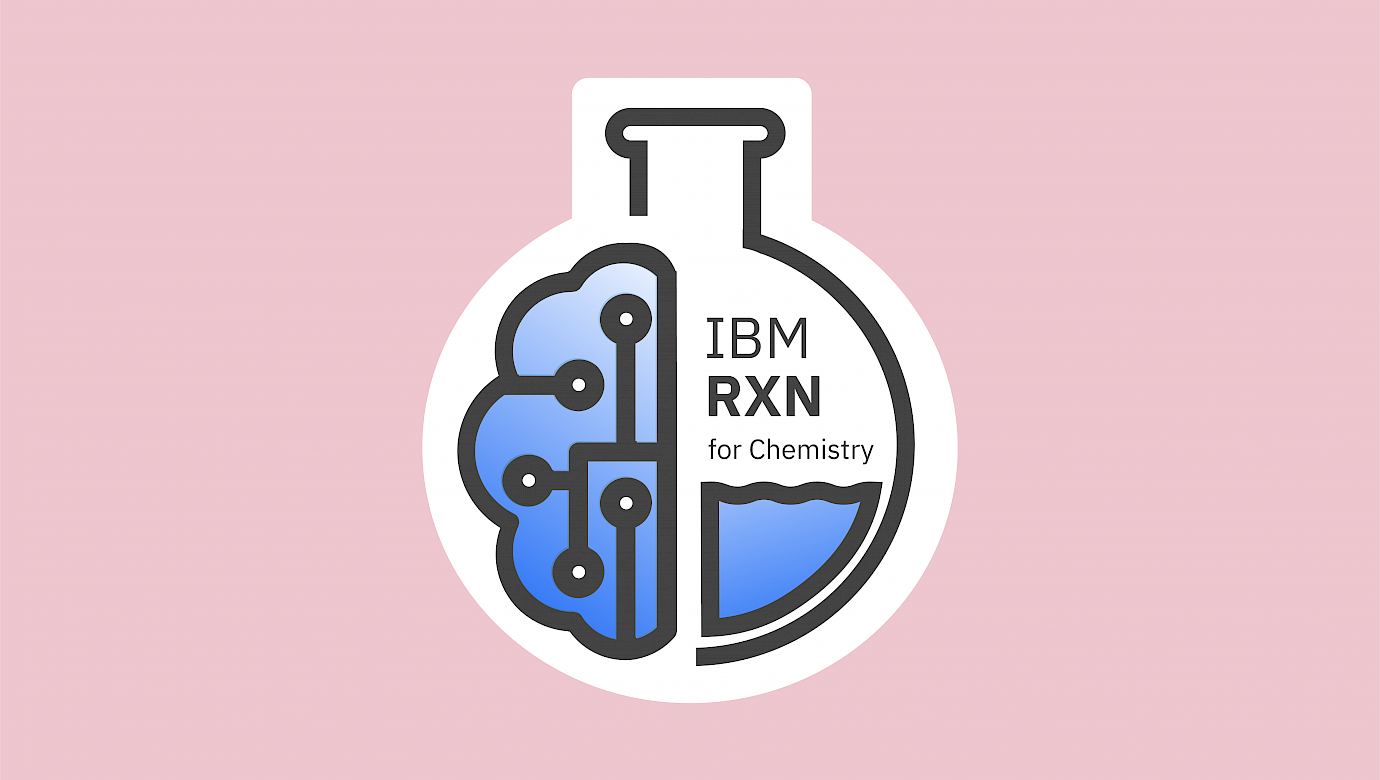
IBM’s RXN for Chemistry platform brings deep learning to the forefront of reaction prediction and synthesis planning. Developed by IBM Research, it uses neural machine translation techniques to predict chemical reactions with remarkable precision.
Key Features:
-
Predicts reaction outcomes
-
Performs retrosynthesis in seconds
-
Accepts inputs as SMILES, InChI, or IUPAC names
-
Cloud-based, no installation required
Best For:
Organic chemistry students, pharmaceutical scientists, and synthetic chemists looking to accelerate their workflows.
3. SciFinder-n by CAS
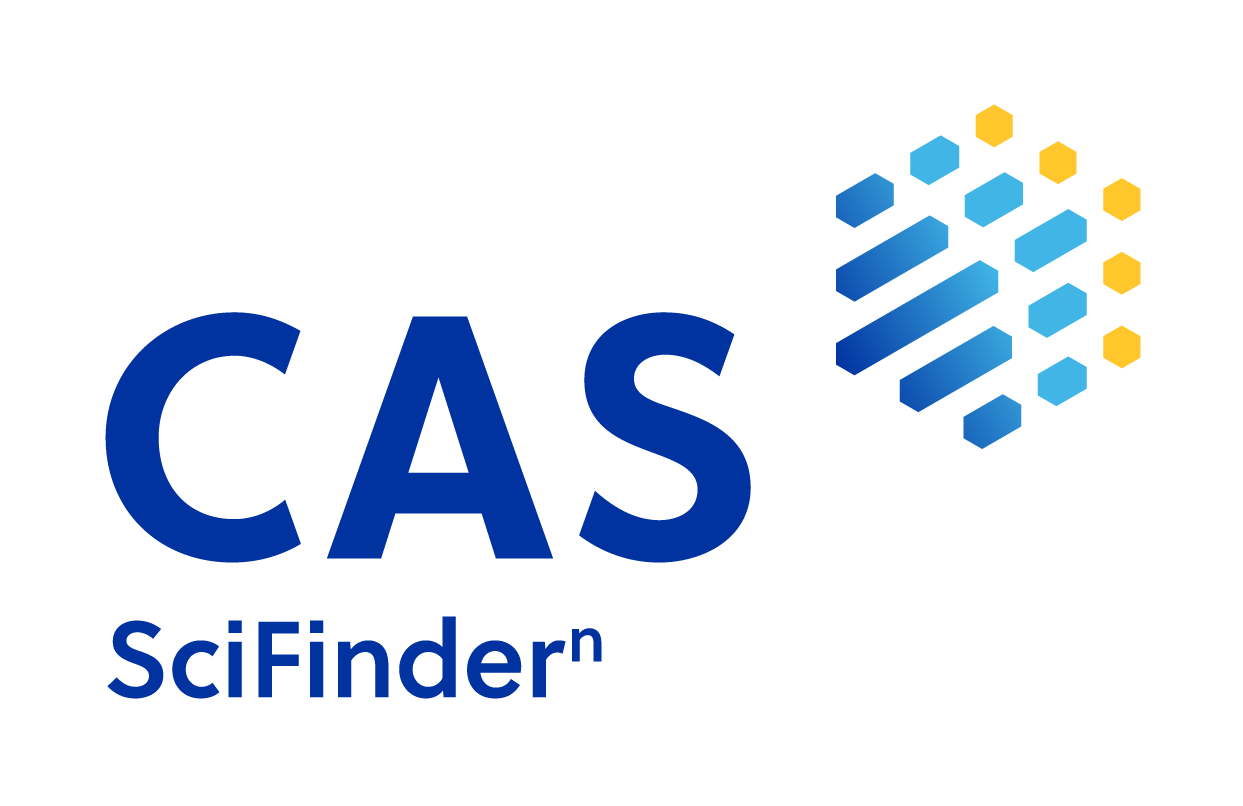
SciFinder-n combines the chemical intelligence of the CAS registry with AI-powered search tools. It enables users to quickly find substances, reactions, references, and regulatory information.
Key Features:
-
AI-assisted search with structure and reaction prediction
-
Automatic patent and literature analysis
-
Access to billions of chemical data points
-
Intuitive search for compounds and references
Why It’s Powerful:
It’s more than a reaction predictor—it’s a complete research platform for chemists seeking validated, peer-reviewed chemical data.
4. ChatGPT with Chemistry Plugins
Integrating ChatGPT with chemistry-specific plugins and tools like Wolfram Alpha, PubChem, and MolView, transforms it into a versatile chemistry tutor and solver.
Capabilities:
-
Balances chemical equations step-by-step
-
Explains organic reaction mechanisms
-
Converts names to structures and vice versa
-
Solves stoichiometry and thermodynamics questions
Perfect For:
Students in high school or undergraduate chemistry, as well as educators who want to create smart AI-based learning modules.
5. DeepChem – Open-Source Drug Discovery
DeepChem is an open-source Python library that combines machine learning with molecular science. It is one of the most advanced AI frameworks for solving quantum chemistry and molecular modeling problems.
Core Features:
-
Deep learning for molecular property prediction
-
Model training for QSAR and QSPR
-
Integrates with RDKit, TensorFlow, and PyTorch
-
Used in pharmaceutical R&D, material science
Ideal Users:
Computational chemists, bioinformaticians, and machine learning experts working on drug discovery or molecular simulations.
6. MoleculeNet

A curated benchmark for molecular machine learning, MoleculeNet provides datasets and metrics for evaluating models that predict molecular behavior.
What It Offers:
-
Benchmarks for toxicity, solubility, binding affinity
-
Plug-and-play datasets for model training
-
Compatible with DeepChem and Chemprop
Great For:
Academic researchers building new AI models and testing them against standardized chemistry datasets.
7. ChemDraw with AI Integration

While ChemDraw has been a standard in molecular structure drawing, newer versions offer AI-enhanced features for predicting properties and automating structure recognition.
Enhanced Features:
-
Predicts NMR spectra
-
Converts hand-drawn chemical structures into digital format
-
Integration with SciFinder, Reaxys, and more
Use Case:
Laboratory professionals, educators, and students needing reliable chemical drawings and predictions.
8. Reaxys Predictive Retrosynthesis

Reaxys by Elsevier offers AI-enhanced retrosynthesis based on a massive database of experimentally validated reactions.
Highlights:
-
Predicts synthetic routes with confidence scoring
-
Gives access to millions of chemical reactions
-
AI evaluates feasibility and availability of reagents
Target Audience:
Pharma professionals and synthetic chemists needing realistic, lab-ready synthesis pathways.
9. ChemRxiv AI Tools

Emerging platforms from ChemRxiv are integrating AI into preprint chemistry analysis, offering tools that can scan manuscripts, extract chemical information, and predict outcomes.
Functionality:
-
Automated data extraction
-
Insightful trend predictions
-
Draft checking for chemical accuracy
Ideal For:
Researchers looking to validate findings before publication and stay ahead in scholarly work.
10. Wolfram Alpha – Chemistry Assistant
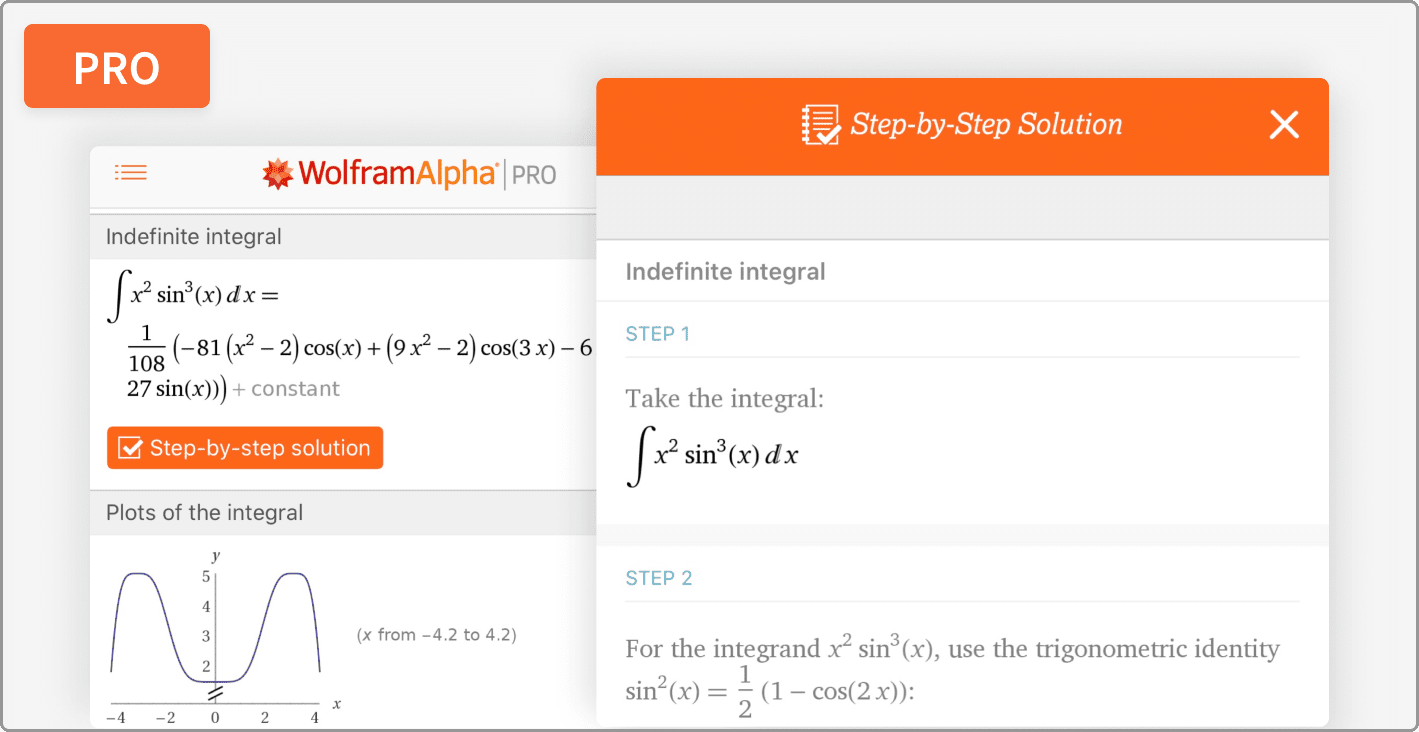
Though not purely AI, Wolfram Alpha’s computational engine offers AI-like capabilities for solving complex chemistry calculations, like:
-
pH and pKa
-
Thermodynamic calculations
-
Molarity, molality, and solution concentrations
Use Case:
Students and teachers who need on-demand calculation support and theory explanations.
Why AI is the Future of Chemistry
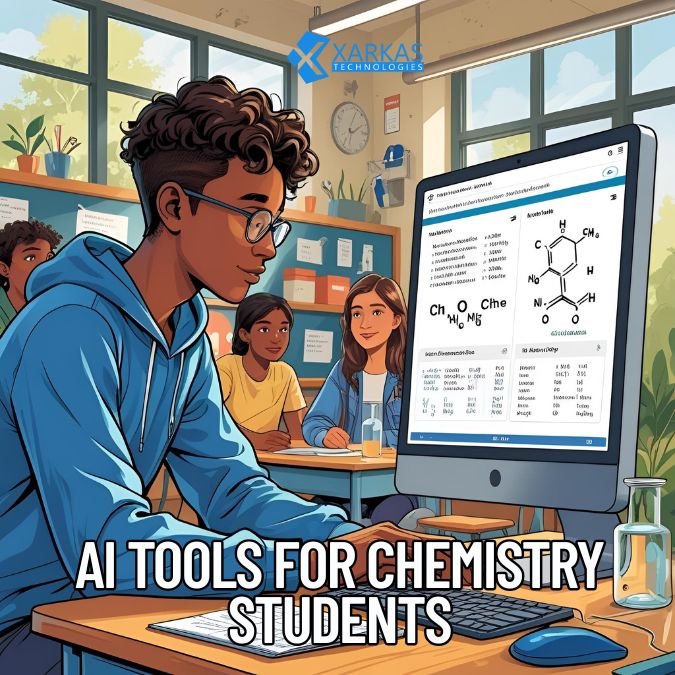
AI tools are redefining how chemists approach problem-solving. From predicting molecular interactions to designing new drugs, the efficiency, accuracy, and scalability of AI make it a must-have for the future of the chemical sciences.
By integrating these AI tools into your educational or professional workflow, you can unlock new levels of productivity, gain deeper scientific insight, and stay ahead in a competitive field.
Conclusion: Choosing the Best AI for Your Chemistry Needs
The right AI tool depends on your unique goals. Whether you’re conducting academic research, teaching students, or performing lab synthesis, there’s an AI assistant tailored for your needs. With ongoing advancements, these tools are becoming more accessible, accurate, and intelligent—helping you solve even the most challenging chemistry problems with ease.







No Comment! Be the first one.